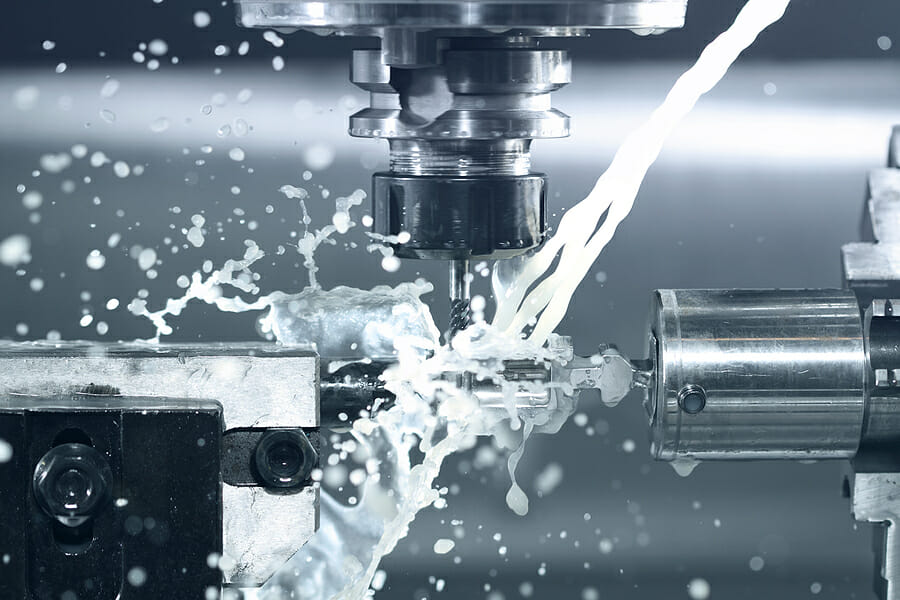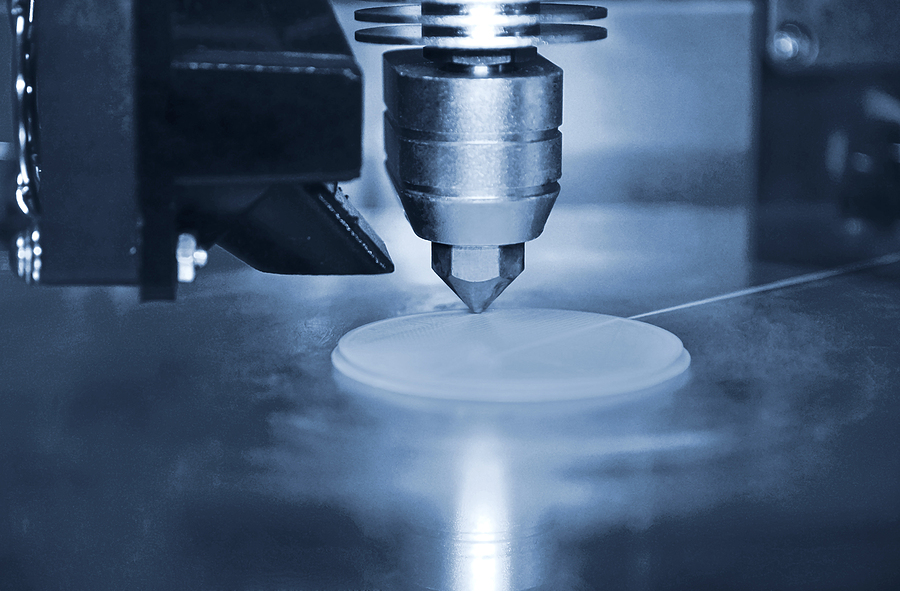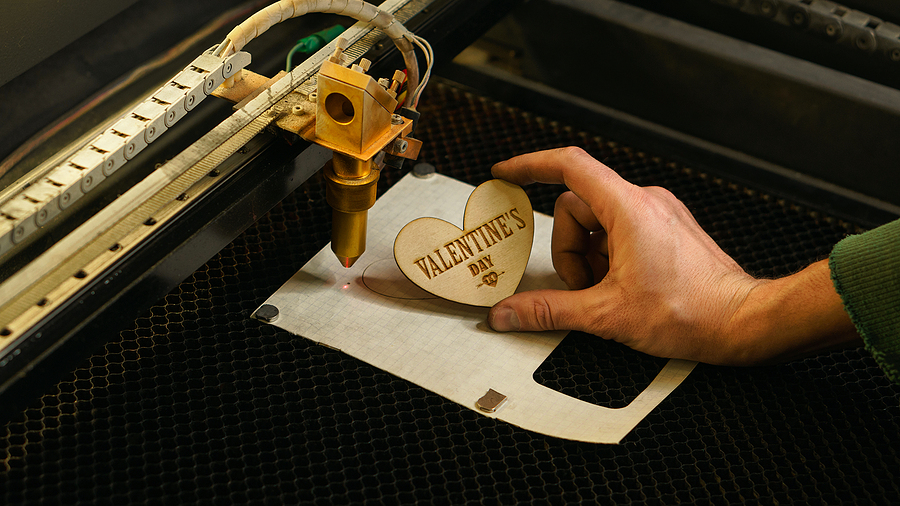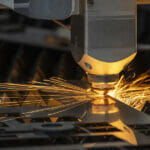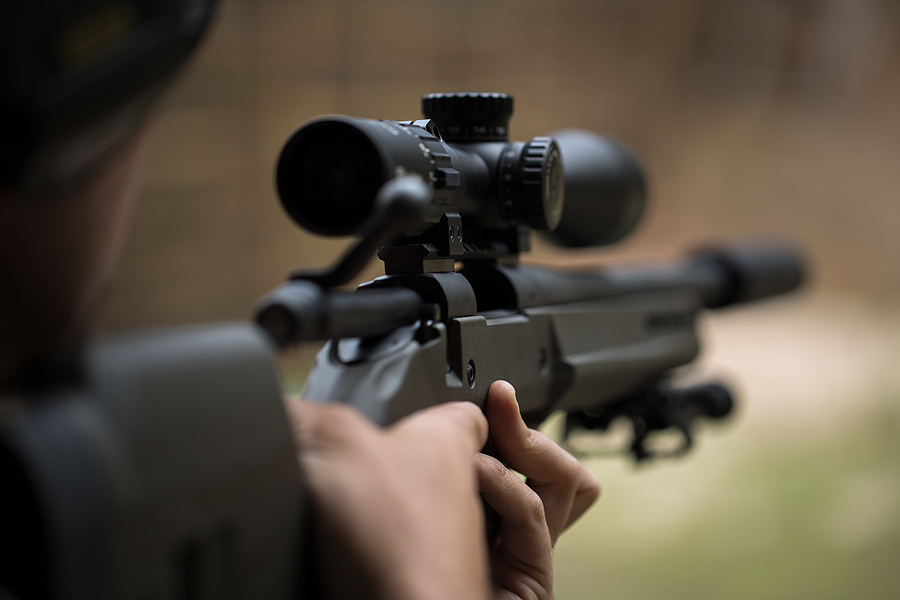CNC machining is a highly automated process that uses computer-controlled cutting tools. Whether you need to make small individual parts or a full-scale production run, this method is a great solution for every kind of project.
CNC machining is a subtractive manufacturing process
CNC machining produces precision parts with remarkable accuracy. This process can be used to produce nearly any shape and size of the part. Various industries depend on machining methods. These include the automotive industry, aerospace industry, and medical device sector.
The process can make complex geometric designs and products. CNC machining is suitable for a wide range of materials, including metal, plastic, and wood. It has the advantage of being fast and simple.
Some industries, including aerospace and automobiles, rely on CNC service providers. These services have helped companies improve efficiency and productivity. They eliminate safety risks, which reduces costs. Moreover, it allows manufacturers to make prototypes and production-quality parts. CNC milling prototypes are functional and durable pieces of design that are close to the look and function of the finished product. Since CNC machining produces the same quality for each batch, it is a safe and reliable manufacturing technique.
Another benefit of CNC machining is that it does not require expensive setups. This makes it ideal for small and large orders. Compared to 3D printing, CNC machining has a tighter tolerance. With a wide variety of surface treatments available, it is easy to customize the surface finish. For instance, anodizing is an electrochemical process that thickens the surface of a machined part. This produces products with better corrosion resistance.
Generally, there are three main types of machining centers. These include 3-axis, 4-axis, and 5-axis. Machines with 3-axis are usually the most common. Those with 4- or 5-axis are more advanced for complex designs.
CNC machining is better than 3D printing in prototyping
CNC machining and 3D printing are two prototype manufacturing methods that can be used to create a wide range of products. Both processes have their pros and cons, but several factors need to be taken into consideration when choosing which one to use. The process that suits your needs will depend on the size of your project, the materials you need, the time frame of your production, and more.
CNC machining is an advanced manufacturing technology. It works with different types of materials, such as plastic and metal. These machines can build prototypes, custom-designed parts, and fixtures. They can do so quickly and accurately.
On the other hand, 3D printing is a relatively new manufacturing technology that allows users to turn their computer-generated designs into real-world products. However, this technology cannot do everything that a CNC machine can.
CNC machining uses computer-aided programs to control the motion of a cutting tool. This means that it is virtually error-free. A good CNC machine can provide accuracy down to 0.001 inch. As a result, it produces a part that is much more precise than a 3D printer can.
Although both processes can help you to create parts, CNC machining is more reliable and efficient. It can even produce hundreds of units in a short amount of time.
CNC machining can be a good choice for smaller and mid-size production runs. While it might be too expensive to manufacture a full-scale production run, it is a good way to make quick and cost-effective prototypes.
CNC machining is suited to everything from small to large production runs
CNC machining is a manufacturing process that uses sophisticated computer programming to create precision parts. It allows for complex geometries and profiles that would be impossible to produce with traditional manual machine tools.
CNC machining is often used for complex metal components. It is a more affordable method of producing high-quality products. This is particularly helpful when a manufacturer has a large order. In the consumer electronics industry, many components are manufactured with CNC machining. These include dashboard and gauge components. The aerospace industry is also a big user of this type of technology. Common aeronautics parts include landing gear and engine components.
Aside from manufacturing complex components, CNC machining can be used to make smaller parts from a variety of materials. Especially useful for rapid prototyping, this type of manufacturing offers several advantages. One of the most obvious benefits of CNC machining is its accuracy. Good machines can produce parts with accuracy down to a tenth of an inch. Compared to 3D printing, which is largely based on a single layer of material, CNC machining offers the most precise tolerances.
The process is also highly repeatable. This means that it can be used to mass-produce parts in a wide variety of sizes and shapes. One of the best features of CNC machining is its ability to handle heavy and sharp components. CNC machining processes can handle large pieces of metal without human intervention.
Another benefit of CNC machining is its speed. It is a popular technique for creating prototypes. Typically, a machine can complete a prototype in just a few days. The aerospace industry requires parts with high precision. It is also important to have identical components. As a result, military-approved manufacturers are held to a higher standard of part precision.
CNC machining reduces the integrity of the parts
A good CNC machine can turn out a quality part to the accuracy of a dentist’s chisel, and a small order doesn’t shackle the machine’s potential. Using the right software can optimize machining for large and small parts alike. CAM Works is the one that comes to mind. With a suite of automation tools, CAM Works aims to minimize waste while maximizing productivity.
As far as manufacturing techniques go, CNC is the king of the hill. The technology has allowed manufacturers to churn out the most complex of products at an affordable cost. Although it’s not cheap to operate, CNC is the best way to create a perfect fit part in a fraction of the time it takes with traditional manual methods. For example, a single stroke on a HAAS VF2 can crank out a 3D-printed part in a matter of seconds. This makes it ideal for applications ranging from automotive to aerospace, where a precise fit is of the utmost importance.
In the end, the allusive and allusive are best exemplified by a collaboration between a manufacturer and an engineer. With this partnership in place, a manufacturer can test drive a product before finalizing production. In addition, a company can also produce a quality part without sacrificing a quality price. Having a company like this in your corner can save you hundreds of hours of design and development time.
Image Source: BigStockPhoto.com (Licensed)
Related Categories: Tools, Reviews



